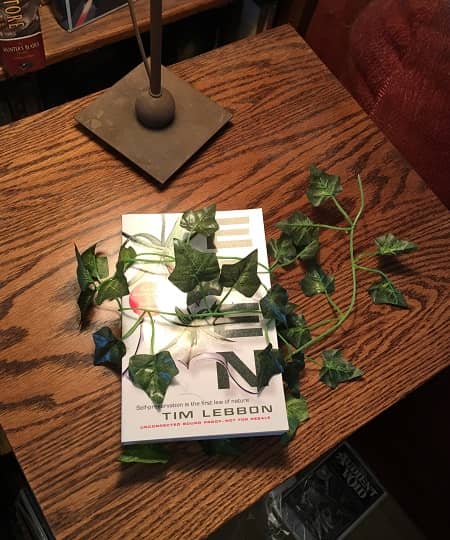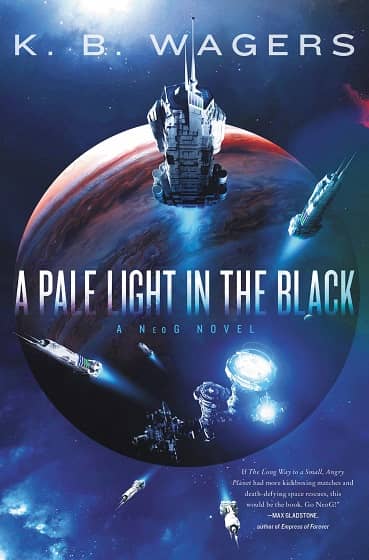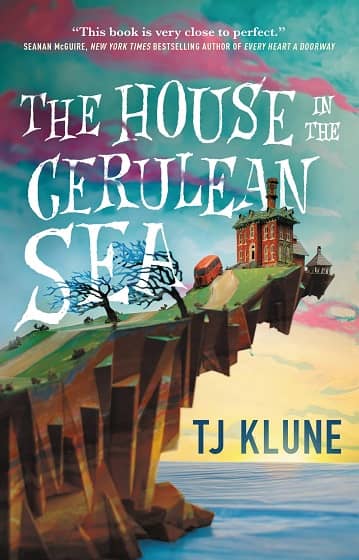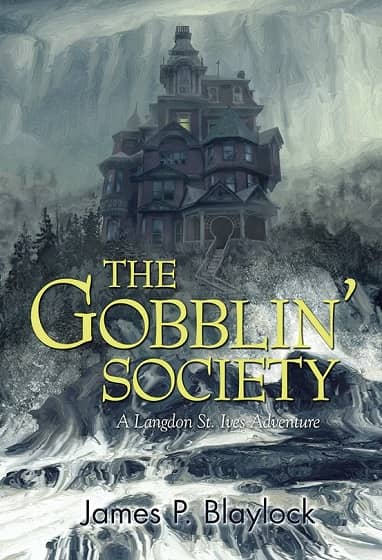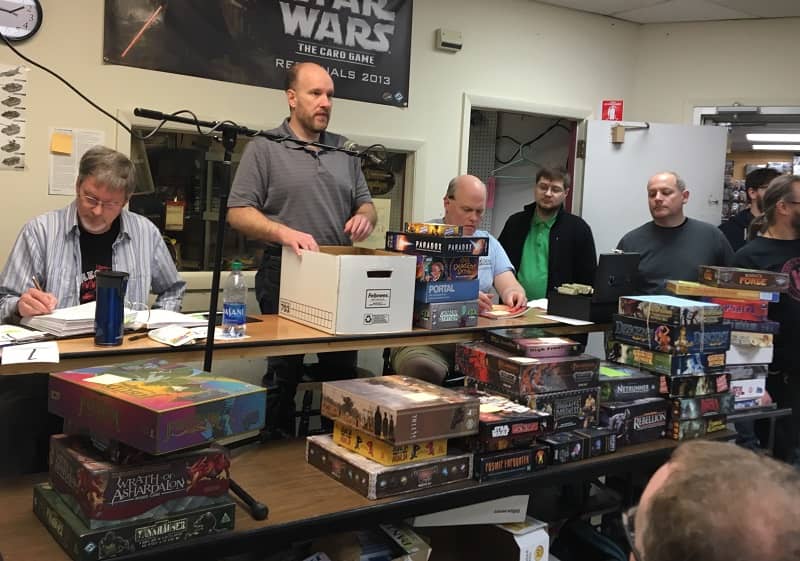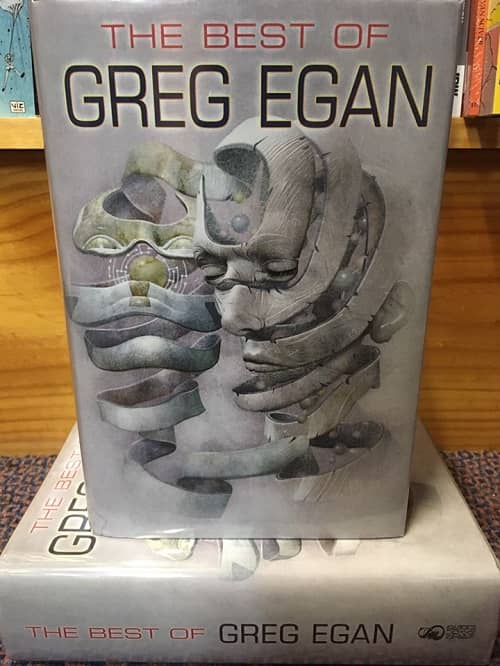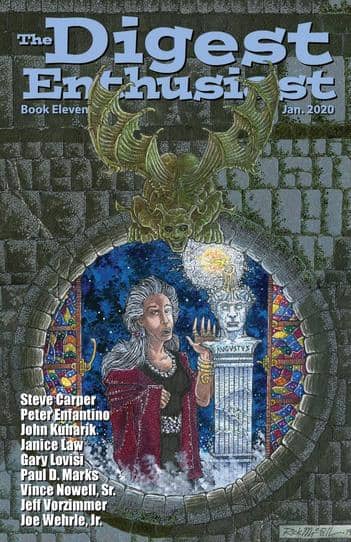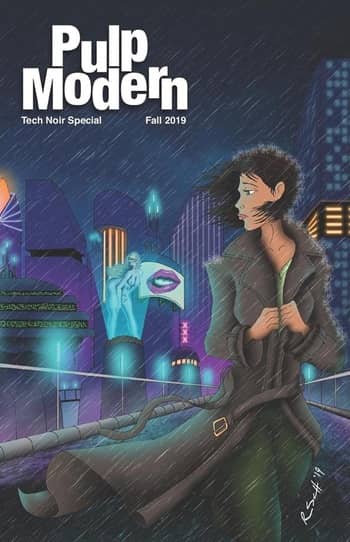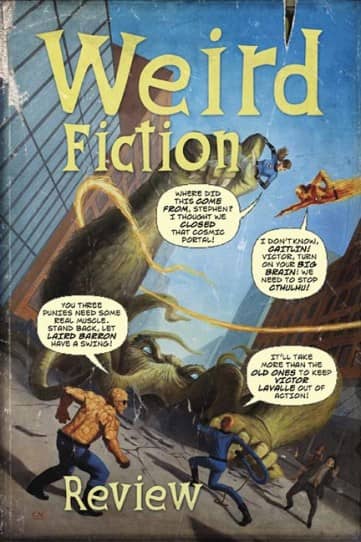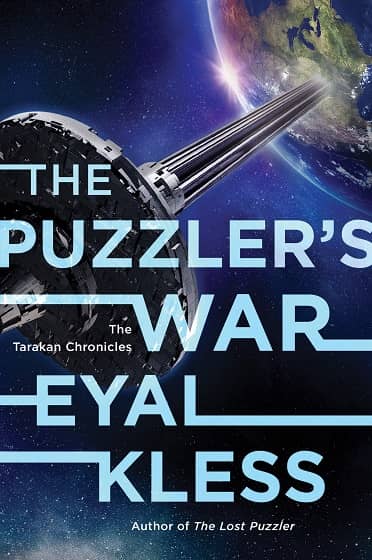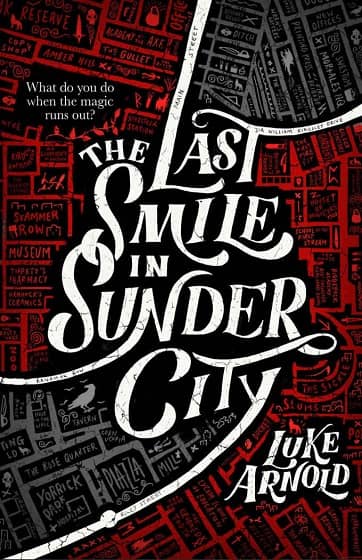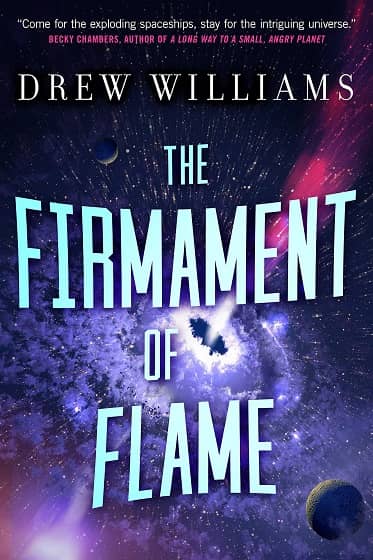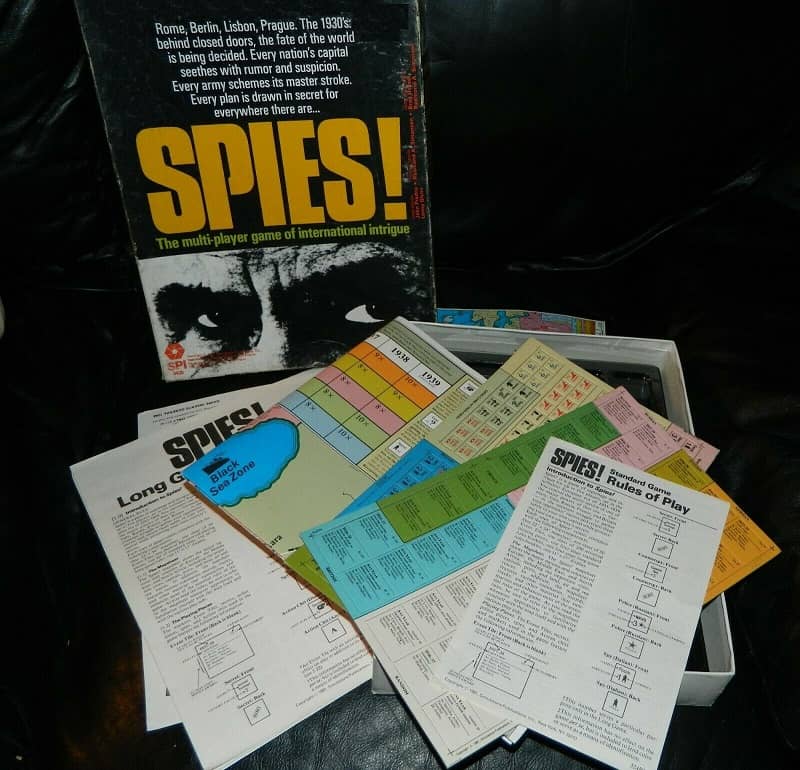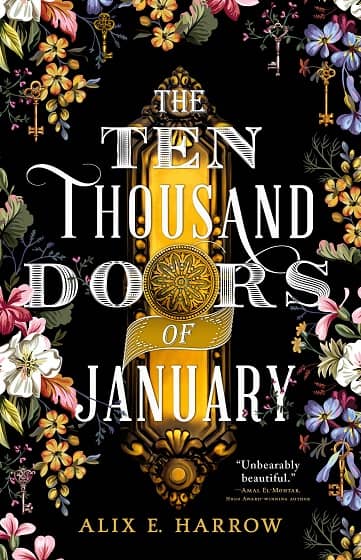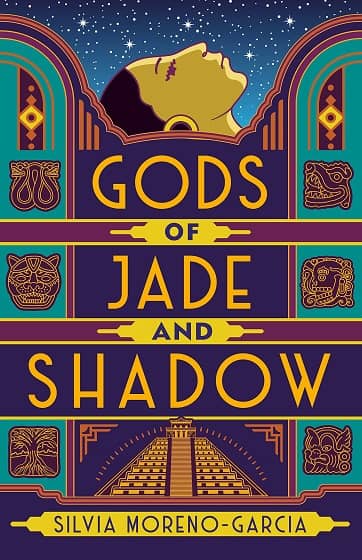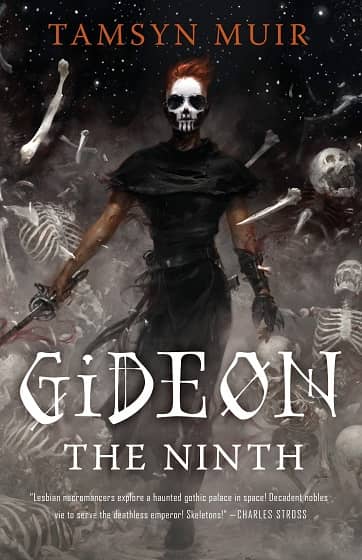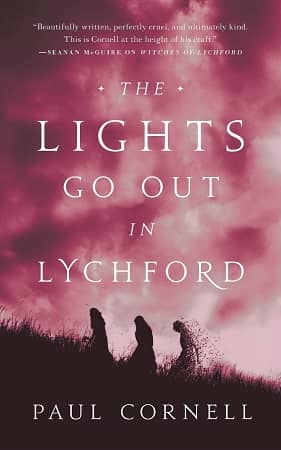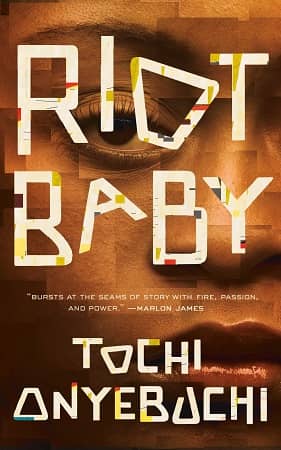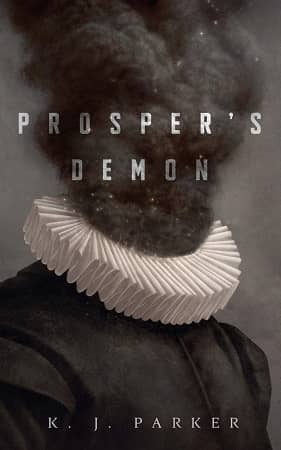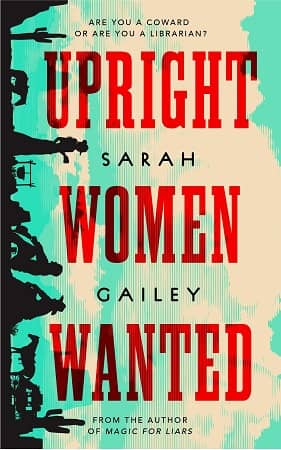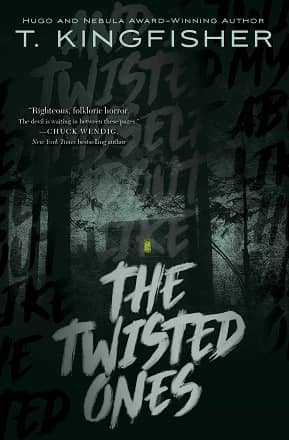Future Treasures: Eden by Tim Lebbon
The ivy-cover copy of Tim Lebbon’s Eden,
mailed to me by a creative publicist at Titan Books
Getting review copies never gets old. I get far too many to write about these days, and they pile up on my library floor. When it comes time to crank out a Future Treasures post about an upcoming title, I take the time to select what looks most interesting, or the one I think you lot would most like to hear about.
Unless I’m in a hurry, in which case I grab whatever catches my eye. Then you’re at the mercy of whatever publicist or cover designer is most clever this week, and able to cut through all the clutter and grab my attention.
Today there are more than three dozen review copies and advance proofs piled up in front of my big green chair, but I’m not writing about any of them. Today you’re hearing about Tim Lebbon’s new eco-thriller Eden. Not because Kirkus Reviews calls it “Jurassic Park meets catastrophic climate change in this creepy, cinema-ready story,” or because Publishers Weekly says it’s “wondrous and deeply unsettling.” No, I’m telling you about Eden because a very clever publicist took the time to wrap a copy in plastic ivy before mailing it to me, and it’s that little bit of extra effort that gets attention. (Plus, what the hell are you going to do with an ivy-wrapped book? You can’t just stick it in the pile; the ivy will get crushed.)
It reminds me of the time the Tor publicity team sent me K Arsenault Rivera’s The Tiger’s Daughter with a seed packet that doubled as a bookmark (complete with planting instructions). You better believe I wrote about that one.
